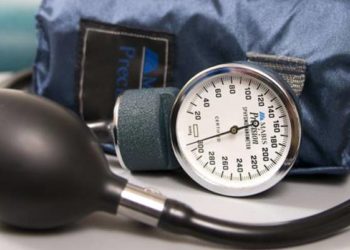Heterogenous pattern of cocaine usage in the United States
1. This quantitative study identified heterogenous patterns of cocaine use in the United States through considering variables such as user duration, frequency, and quantity.
2. Cocaine use disorder was more frequently correlated with participants categorized as using cocaine daily or in high quantity.
Evidence Rating Level: 2 (Good)
Cocaine use is extremely common in the United States (US), and cocaine prevalence and overdose rates have increased in recent years. Prior research shows quantity, frequency, and duration vary among cocaine users. However, it is still unclear the extent of heterogeneity amongst cocaine users and which users are more likely to adopt certain patterns of use. Understanding these patterns of use could allow for targeted interventions for at-risk individuals.
This retrospective quantitative study used data from the National Epidemiologic Survey on Alcohol and Related Conditions-III (NESARC-III). The NESARC-III is a nationally representative, cross-sectional survey that collects data on drug and alcohol use and substance use disorders. Participants were included if they reported using cocaine in their lifetime (n=3543). Participants were excluded from this study if information about quantity, frequency, duration, or cocaine use disorder (CocUD) was missing. Measured outcomes included quantity, frequency, duration, and route of administration of cocaine.
After performing latent profile analysis, the researchers found 4 classes of cocaine use (low, moderate, daily, and very high quantity). There were no sex or age differences by class. However, non-Hispanic Blacks were more likely to be in the moderate and daily use classes than white users. The prevalence of CocUD was highest in the daily use and very high quantity use classes. The results of this study should be taken into consideration given the studies limitations, of note its reliance on self-reported data, which may be biased. In addition, the study design was cross-sectional, which did not track individuals over time. Despite these limitations, this study expanded our understanding of different types of cocaine use, and potentially which individuals are most at risk.
Click to read the study in Journal of Addiction Medicine
Image: PD
©2021 2 Minute Medicine, Inc. All rights reserved. No works may be reproduced without expressed written consent from 2 Minute Medicine, Inc. Inquire about licensing here. No article should be construed as medical advice and is not intended as such by the authors or by 2 Minute Medicine, Inc.







